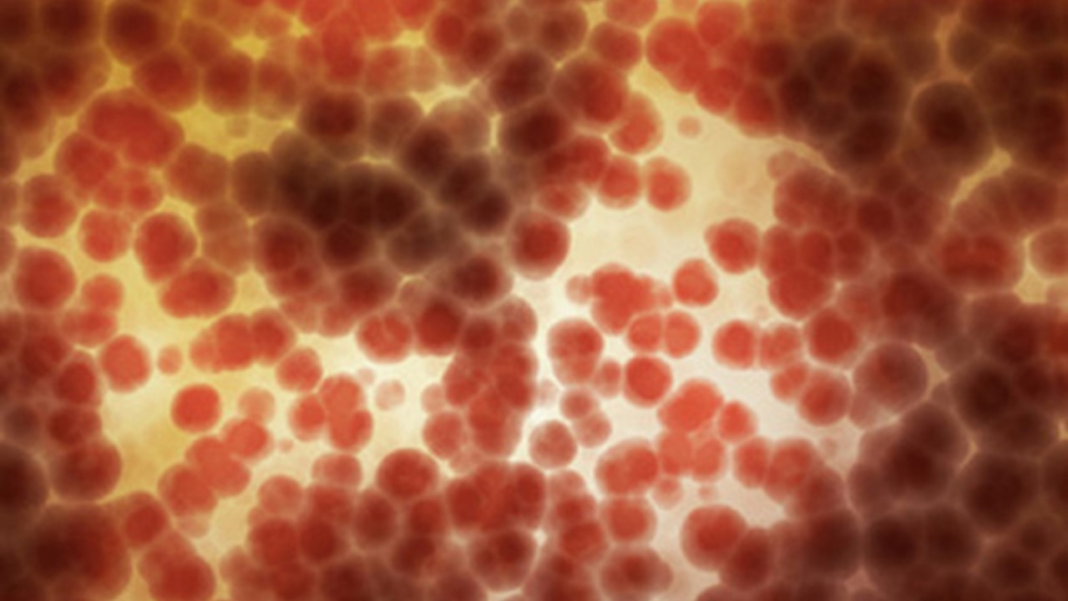Flow cytometry is a powerful tool to analyze and characterize cells based on their protein expression, most often those expressed on the cell surface. Multicolor flow cytometry uses multiple fluorochromes as primary or secondary antibody conjugates to label cells. The capacity for modern flow cytometers to detect multiple fluorochromes has increased from the traditional dozen or less antibody-fluorochrome conjugates, to those with multiple lasers and detectors that can measure up to 40 within a single sample (1,2).
With such multiplex complexity available on the market, poor planning can affect the ability to accurately resolve individual cell populations, and negatively impact reproducibility of results. However, having a well-planned experiment, incorporating important principals of multicolor flow, can help ensure that readings are accurate and help distinguish individual cell populations.
“Successful multicolor panels require an understanding of the instrumentation, conjugate formats that can be run on the instrument, optimization of detectors, as well as standardization between instruments if needed,” says Ravi Hingorani PhD MBA, High Dimensional Biology Scientific Support, BD Life Sciences. “But at the core of every flow experiment is the biology, which the scientist should understand as much as possible before designing their panel.”
This article will review two critical elements that should always be considered when planning a fluorochrome panel for multicolor flow cytometry.
Essential step 1: Select fluorochromes based upon antigen density/expression
Hingorani advises that, regardless of which marker scientists are going to use, they need to be very clear about their end goal; whether they’re looking at T cells, B cells, or subsets of these. This is because all subsequent fluorochrome-related decisions are based upon this biology.
“The first guiding principal is that antigens low in density should be assigned to the bright fluorophore/format, and the high antigen density markers should be paired with dimmer fluorophores/formats,” says Hingorani. This is because to aid detection, target antigens that are low in density on the cell surface need to maximise their visible signal, whereas those that are high in density might present too strong a signal if paired with a bright fluorophore.
Essential step 2: Understand antigen co-expression and separate by emission wavelength
Once scientists understand the density of their target antigens, the next step is to map out potential co-expression. If fluorophores are known to be co-expressed and therefore localised to the same location within a cell or on the surface, then spectral “spill and spread” might become an issue, where the emission wavelength of the fluorochromes being used might overlap. Challenges such as these can cause high levels of background signal and also introduce errors when carrying out compensation after acquisition (3), contributing to irreproducibility of results and making it more difficult to compare across different datasets, labs and instruments (4).
Hingorani explains: “Based on co-expression, understand the ‘spill and spread’ that these formats assigned are going to have on each other. Spill by a flurochrome refers to the emission spectra of one flurochrome seen in the detector assigned to another flurochrome. The amount of spill is directly proportional to the spread seen and is responsible for loss of resolution of co-expressed markers. This is critical, especially for dim antigens and needs to be mitigated so that their resolution is not adversely impacted by the spread.” Spread is also known as the ‘spillover-spreading error,’ or the error that is visible as a result of fluorochrome emission wavelengths “spilling” over into each other.
“Separating formats in terms of their emission wavelengths to avoid spill into each other for co-expressed markers is a simple strategy that works around this impact. Conversely, dyes that spill into each other can be assigned to non-coexpressed markers to avoid the issue.”
Ultimately, having a thorough knowledge of the biology involved in a flow experiment is critical to designing its associated multicolor panel, promoting consistency and increased chances of success.
References
- Robinson, J. P. & Roederer, M., 2015. History of Science. Flow cytometry strikes gold. Science 350, 739–740.
- Liechti, T. & Roederer, M., 2019. OMIP-060: 30-Parameter Flow Cytometry Panel to Assess T Cell Effector Functions and Regulatory T Cells. Cytometry A 95, 1129–1134.
- Maecker, H. T. & Trotter, J., 2006. Flow cytometry controls, instrument setup, and the determination of positivity. Cytometry A 69, 1037–1042.
- McLaughlin, B. E. et al., 2008. Nine-color flow cytometry for accurate measurement of T cell subsets and cytokine responses. Part II: Panel performance across different instrument platforms. Cytometry A 73, 411–420.


